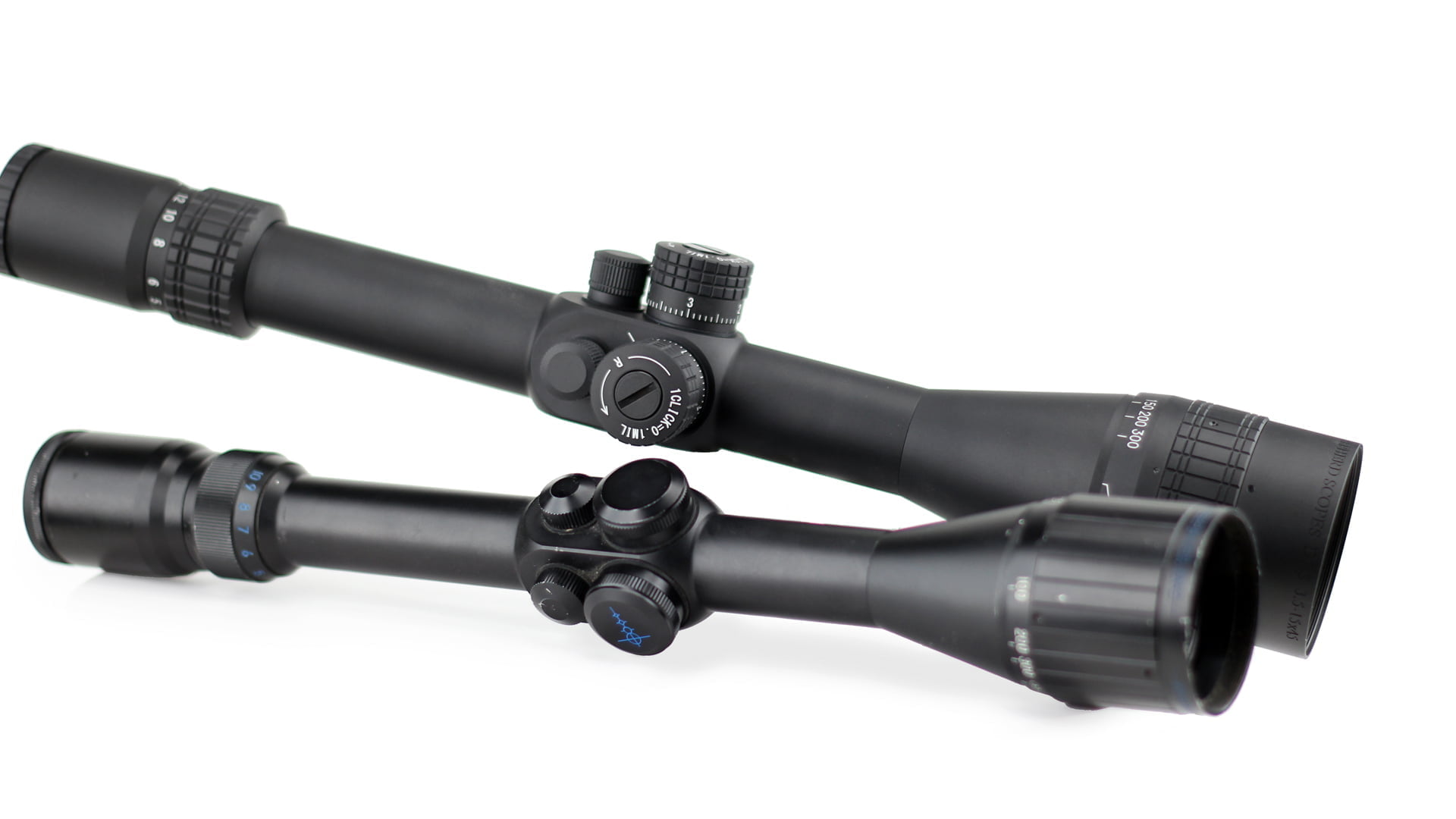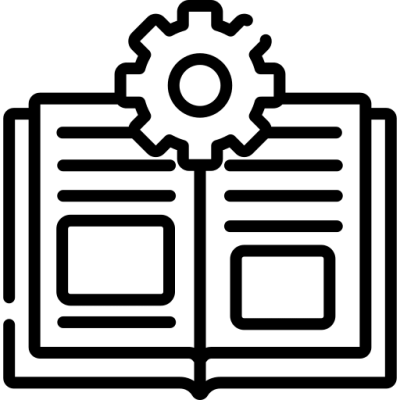The History of Shepherd Scopes is a history of ideas. In 1979 while in a sound sleep, Dan Shepherd dreamt he was hunting deer. He looked into his scope to check its zero and saw that there was a bright light dead center of the scope and another star like light at about ten o’clock high. He turned a dial on the scope and the light at 10 o’clock began to move toward the light in the center of the scope. He kept turning the dial until both lights were aligned in the center of the sight picture. He knew the scope was re-zeroed! When he awoke the next day he could not get that dream out of his head and by 1983 the Shepherd Dual Reticle Scope, was on the market.
The scope was developed by taking the best features of the German reticle system and combining them with those of the American reticle system. As Dan pursued his study of scopes and developed his Dual Reticle System he discovered some amazing things that could be done that would soon obsolete the present scopes on the market and revolutionize the design of rifle scopes and their reticles. He found that the German practice of putting a four minute of angle thick crosshair in the front focal plane (FFP) made that reticle the most reliable in the world since the only thing between it and the target was the front lens and according to Shepherd’s Law of Zeros, in order for a scope to lose its zero something must move between the reticle and the target. This meant that all the erector lenses and the zoom system that were so troublesome in American rear focal plane (RFP) scopes where they were between the crosshair and the target were not a problem to the German scopes.
The FFP scope is extremely reliable and will not shift the point of impact on zooming. Even if an erector lens became loose, the reticle would still be on target unless the front of the tube moved and thus shifted the direction that the front lens was placing its image. The big drawback to this system, and what made it unacceptable to American shooters, was that the reticle changed size when you zoomed the power up or down. This meant that on high power it fully covered a 20 inch target at 500 yards and blocked it out so you could not effectively shoot at long range. German snipers solved this problem by simply mounting their scopes upside down with the thick reticle hanging down from the top instead of sticking up from the bottom. This allowed them to see the target, guess at its range and shoot. Dan thought about this and decided to put his range finding/bullet drop compensating circle in the front focal plan so the circles would work on all powers and still have the reliability of the German system. The circles would act like the peep sights on a target rifle and give quick target engagement at all ranges and on all powers. Dan took a page from the German Sniper Manual but instead of turning the scope upside down he removed the front crosshair altogether and put an American type duplex reticle in the rear focal plane. The Shepherd Scope now had all the advantages of the American reticle in the rear focal plane and the German reticle in the front.
The rangefinder works on all powers. The crosshair does not change size and will not block out the target. Having both reticles allows one to monitor the other and tells the shooter if anything inside the scope is misaligned. Windage is no longer a guessing game as you can see the adjustment take place as you dial it in. Once zeroed, the reticles will stay aligned with each other unless something inside the scope moves. If groups began to spread or shots are missed, look at the base, rings, ammo, barrel bedding, etc. because if the scope reticles are still in alignment the scope is still zeroed. Shepherd is truly the most reliable scope in the world.


